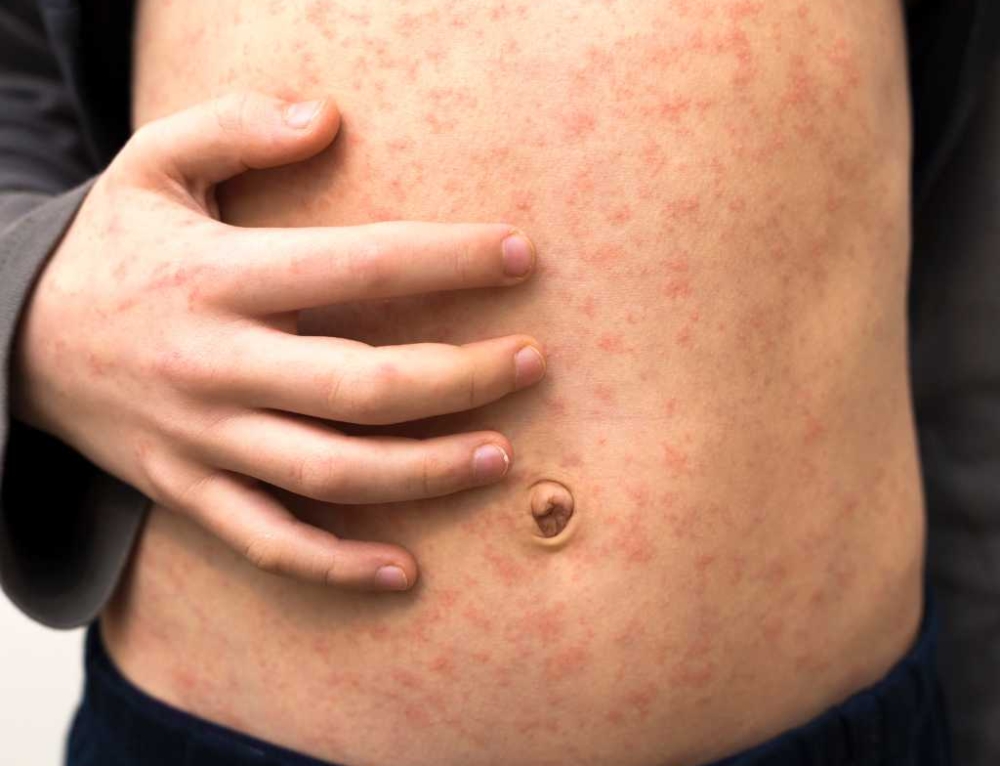Most mums have heard of hives, but many of us haven’t actually seen a real-life case of hives. Although we don’t often refer to hives as a rash, that’s exactly what it is – a rash that looks like big, round, red welts (sometimes called weals or swellings). The medical term for hives is urticaria.
Hives come and go
Hives can appear quickly, and disappear just as fast as they come. Although many kids experience at least one outbreak of hives during childhood, they may come and go before you can even identify them as hives. Unless your child has multiple outbreaks, you will probably only notice a few “itchy spots” on his skin.
So, what causes hives? There are actually a lot of causes, including allergies, infections, and stress. A complete list of what causes hives includes:
- Medications – such as antibiotics, aspirin and codeine
- Foods – such as shellfish, eggs, nuts, peanuts, chocolate, cheese, tomatoes, soy products and strawberries
- Some food additives
- Infections – including bacterial, viral or parasitic
- Certain underlying conditions – such as systemic lupus erythematosus, rubella and hepatitis
- Stress
- Certain plants
- Sunshine (heat)
- Cold temperatures
- Exercise and sweating
- Insect stings
Can hives be serious?
Hives themselves usually aren’t serious – just itchy and uncomfortable. But, in some cases, a severe case of hives, like any allergic reaction, can be accompanied by swelling of the throat and breathing passages. This can block your child’s airways and is a life-threatening emergency. Often kids who get hives rather frequently are more prone to symptoms that get more serious with each attack.
Treating hives
For kids with minor attacks, oral antihistamines can help clear up the hives and make them less itchy. Kids with more serious, and more frequent, attacks, may need to find out the exact cause of hives and make changes in their lifestyle and diet so they can avoid what triggers the attacks. Always talk to your child’s doctor first before giving your child medications.
You can also make the itching more bearable by applying an over-the-counter cream (talk to your pharmacist about the best one for the job) or calamine lotion to the hives as they appear.
Tepid baths can also make the itch from hives more bearable – it is important, though, not to have the water too hot as this can make the hives worse not better.







Leave A Comment
You must be logged in to post a comment.